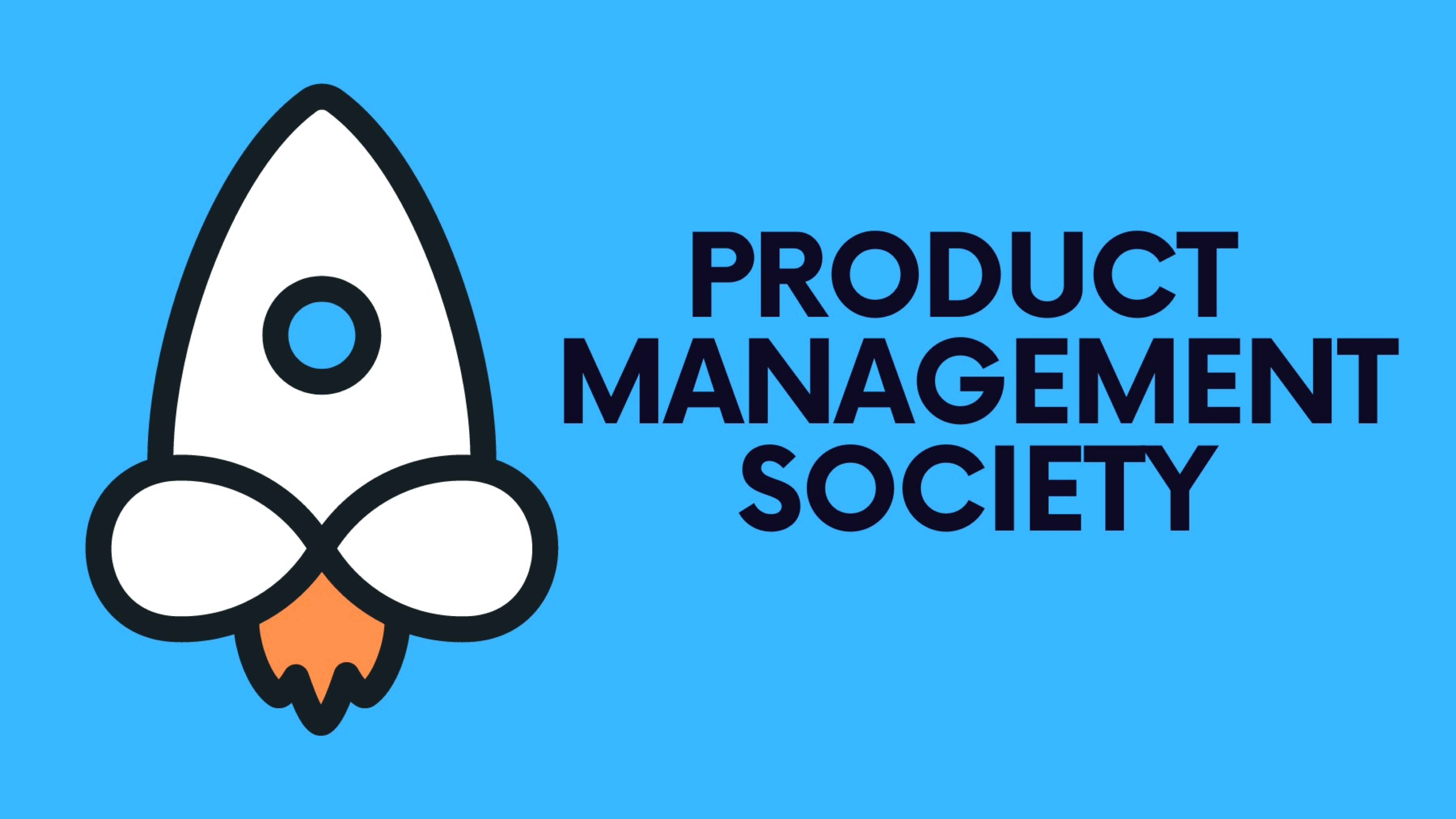In today's fast-paced and ever-evolving market, adapting quickly to change is crucial for businesses striving to stay competitive. Agile product development methodology has emerged as a popular approach that enables teams to be more flexible, collaborative, and customer-focused. But what exactly is Agile product development methodology? This article explores the core principles, practices, and benefits of Agile methodology in product development, providing insights into how it transforms the way products are conceived, built, and delivered.
1. Understanding Agile Product Development
Definition of Agile Methodology
Agile product development is an iterative approach to creating products that emphasizes flexibility, collaboration, customer feedback, and rapid release cycles. Unlike traditional linear methods like the Waterfall model, Agile allows for changes and refinements at any stage of the development process.
Key Principles of Agile
- Customer Collaboration over Contract Negotiation: Engaging customers throughout the development process to gather feedback and ensure the product meets their needs.
- Responding to Change over Following a Plan: Embracing changes in requirements, even late in development, to improve the product.
- Individuals and Interactions over Processes and Tools: Fostering teamwork and open communication among team members.
- Working Product over Comprehensive Documentation: Prioritizing the delivery of functional products over extensive paperwork.
2. Core Components of Agile Methodology
Iterative Development
Agile breaks down the product development process into small, manageable units called iterations or sprints, typically lasting two to four weeks. Each iteration results in a potentially shippable product increment.
Cross-Functional Teams
Teams are composed of members with diverse skills, including developers, designers, testers, and product owners, who collaborate closely throughout the project.
Continuous Feedback and Improvement
Regular meetings, such as daily stand-ups, sprint reviews, and retrospectives, are held to assess progress, gather feedback, and identify areas for improvement.
Prioritized Backlogs
Requirements are captured in a prioritized list known as the product backlog, which is continuously updated based on stakeholder input and changing business needs.
3. Popular Agile Frameworks
Scrum
A widely-used Agile framework that structures development into fixed-length sprints, with specific roles like Scrum Master, Product Owner, and Development Team.
Kanban
Focuses on visualizing workflow, limiting work in progress, and improving efficiency by using a Kanban board to track tasks.
Extreme Programming (XP)
Emphasizes technical practices like pair programming, test-driven development, and continuous integration to improve software quality.
4. Benefits of Agile Product Development
Enhanced Flexibility
Agile allows teams to adapt to changes quickly, ensuring the product remains relevant in a dynamic market.
Improved Customer Satisfaction
Regular involvement of customers and stakeholders leads to a product that better meets user needs and expectations.
Higher Product Quality
Continuous testing and integration help identify and fix defects early, resulting in a more reliable product.
Faster Time to Market
By regularly delivering small increments of the product, organizations can release features to the market more quickly.
Better Team Collaboration
Agile promotes open communication and collaboration, fostering a positive team environment and higher productivity.
5. Challenges and Considerations
Cultural Shift
Adopting Agile requires a cultural change within the organization, emphasizing collaboration, trust, and empowerment.
Training and Expertise
Teams may need training and coaching to effectively implement Agile practices.
Scope Management
Without proper management, the flexibility of Agile can lead to scope creep if new features are continually added without prioritization.
Resource Allocation
Agile requires dedicated team members who are available throughout the project, which may be challenging for some organizations.
6. Implementing Agile in Your Organization
Assess Readiness
Evaluate your organization's culture, processes, and willingness to embrace change.
Start Small
Consider starting with a pilot project to learn and adapt Agile practices before scaling across the organization.
Engage Stakeholders
Ensure all stakeholders understand and support the Agile approach to facilitate smoother adoption.
Continuous Improvement
Regularly review and refine your Agile processes to address challenges and enhance effectiveness.
Conclusion
Agile product development methodology offers a flexible and collaborative approach to creating products that align closely with customer needs and adapt to changing market conditions. By embracing the core principles of Agile, organizations can enhance product quality, reduce time to market, and foster a more dynamic and responsive development environment. Whether you're in software development or another industry, understanding and implementing Agile practices can be a transformative step toward achieving greater efficiency and customer satisfaction.
If you’re finding this blog valuable, consider sharing it with friends, or subscribing if you aren’t already. Also, consider coming to one of our Meetups and following us on LinkedIn ✨
Thanks for reading Product Management Society! Subscribe for free to receive new weekly posts 🚀







